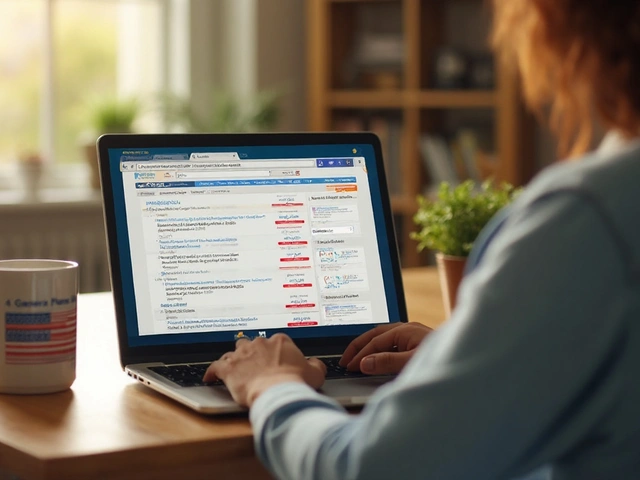Antibiotic Guide: What They Are, When to Use Them, and How to Stay Safe
Did you know antibiotics save millions of lives every year, but misuse can turn them into a health danger? This page breaks down the basics so you can make smart choices without the medical jargon.
How Antibiotics Work
Antibiotics are medicines that kill bacteria or stop them from growing. They don’t work on viruses, so taking them for a cold or flu won’t help. The most common families include penicillins (like amoxicillin), macrolides (azithromycin), and tetracyclines (tetracycline). Each family attacks bacteria in a slightly different way, which is why doctors pick one based on the infection type.
When a doctor prescribes an antibiotic, they consider the infection’s location, severity, and the likely bacteria involved. For example, a skin infection might get a cephalosporin, while a chest infection could be treated with a macrolide. The goal is to choose the drug that hits the bug without causing unnecessary side effects.
Safe Use and Buying Tips
Here’s the practical part: how to use antibiotics responsibly. First, always finish the full course, even if you feel better early. Stopping early lets leftover bacteria survive and become resistant.
Second, follow the dosage schedule exactly. Some antibiotics work best when taken at regular intervals, while others need to be taken with food or on an empty stomach. Check the label or ask your pharmacist if you’re unsure.
Third, avoid sharing antibiotics with friends or family. What works for one infection might not work for another, and taking the wrong drug can make the problem worse.
If you’re buying antibiotics online, look for licensed pharmacies that require a prescription. Sites that sell “cheap” antibiotics without a doctor's approval often sell counterfeit or expired pills, which can be dangerous. Check for clear contact information, a physical address, and reviews that talk about safe delivery and quality.
When you get your prescription, store the medication as instructed – most pills stay stable at room temperature, but some liquids need refrigeration. Keep them out of reach of children.
Finally, watch for side effects. Common issues include stomach upset, diarrhea, or mild rash. If you notice severe reactions like difficulty breathing or a high fever, call your doctor right away.
Antibiotic resistance is a real threat. Overusing these drugs gives bacteria a chance to adapt, creating “superbugs” that are hard to treat. By using antibiotics only when needed and following your doctor’s guidance, you help protect the effectiveness of these life‑saving medicines for everyone.
Need a quick reference? Remember these three steps: 1) Take the full prescribed course, 2) Follow the exact dosage instructions, 3) Get antibiotics from a reputable, prescription‑required source. Stick to the plan, and you’ll stay on the safe side while the medicine does its job.

Biaxin Explained: Uses, Dosage, Side Effects & Safety Tips
Clear guide on Biaxin - what it treats, how to take it, possible side effects, interactions, and answers to common questions.
View More




